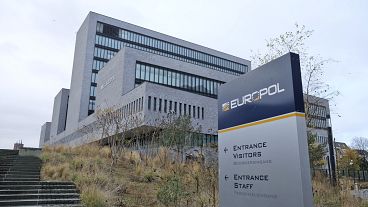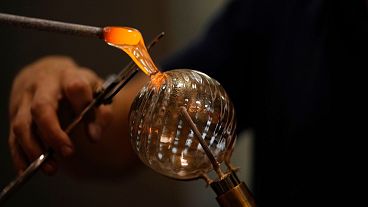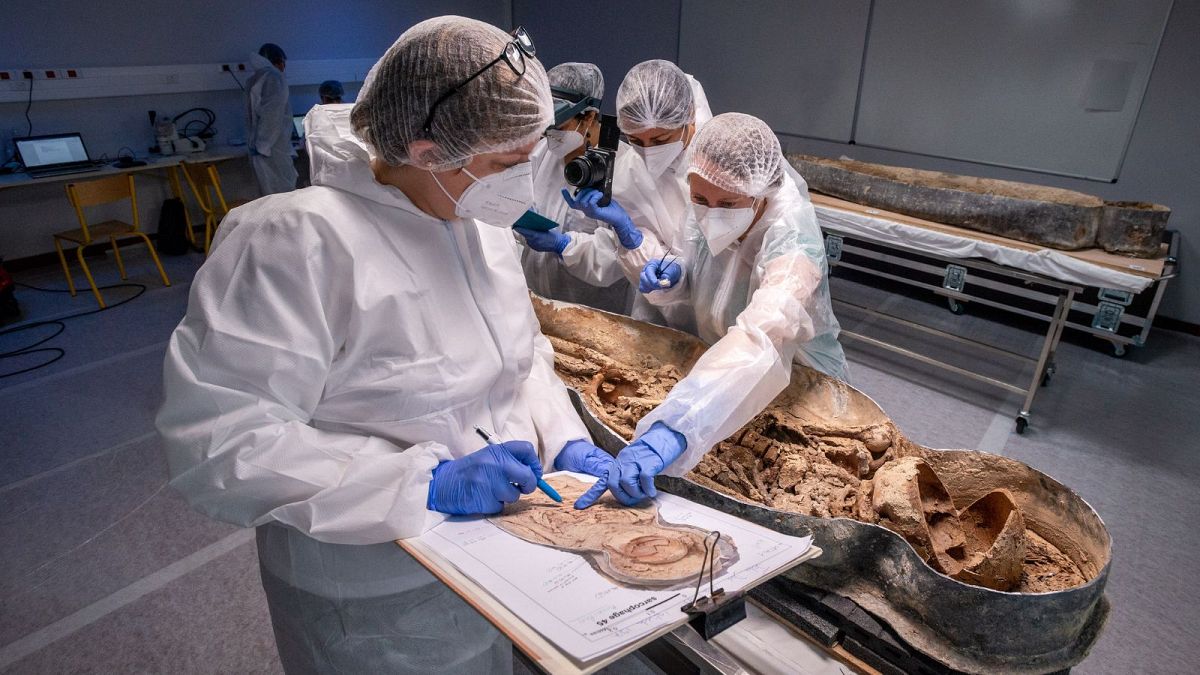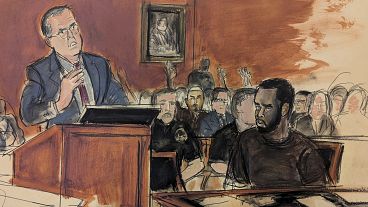Archaeological excavations at Notre-Dame de Paris have uncovered a burial site that could be that of the French poet Joachim du Bellay (1522 - 1560), whose grave has been sought since the 18th century. But doubts remain...
Two years ago, during excavations for the reconstruction of Notre-Dame following the 2019 fire that destroyed the famous Parisian cathedral, researchers from the Institut National de Recherches Archéologiques Préventives (Inrap) unearthed two leaded coffins.
The first, bearing an epitaph, was quickly identified as that of Canon Antoine de La Porte (1627-1710), a great benefactor of the cathedral.
The identity of the second individual, a man in his thirties, remained a mystery. Until now.
Analyses carried out at the Toulouse University Hospital's forensic institute revealed a femur structure which indicated a proclivity for riding horses. This led to the nickname “the horseman.”
The studies also uncovered bones bearing traces of an extremely rare pathology at the time: tuberculosis of the cervical bones, leading to chronic meningitis.
A further autopsy and a digital portrait has led Éric Crubézy, professor of biological anthropology at Toulouse 3 University and research director at the France's National Center for Scientific Research, to put forward a bold hypothesis: “The horseman” could be French Renaissance poet Joachim du Bellay.
Du Bellay (1522 - 1560) was the co-founder of the Pléiade - the group of 16th Century French poets whose members included Pierre de Ronsard and Jean-Antoine de Baïf. Theoretically buried at the Cathedral of Notre-Dame in the Saint-Crépin chapel, the poet's grave was never found.
“He matches all the criteria of the portrait,” stated Crubézy. “He is an accomplished horseman, suffers from both conditions mentioned in some of his poems, like in "La Complainte du déséspéré", where he describes 'this storm that blurs (his) mind,' and his family belonged to the royal court and the pope's close entourage.”
“He rode from Paris to Rome, which is no mean feat when you have tuberculosis like he did. In fact, he almost died from it,” explained Crubézy at the press conference.
However, there are some doubters...
Christophe Besnier, one of the people in charge of the excavations at Notre-Dame, has mentioned an “isotope analysis” which “shows that we are dealing with a person who lived in the Paris region or in the Rhône-Alpes region until he was ten years old.”
Joachim du Bellay was born in Anjou, in the lower Loire Valley of western France.
“Additionally, just because his grave wasn't found during the 1758 excavations of the Saint-Crépin chapel, it doesn't mean his remains weren't there,” added Besnier.
Further studies will be undertaken, including one to determine the precise age of the deceased. However, without comparative DNA, a formal identification will be impossible – something Dominique Garcia, President of Inrap, confirmed to Le Monde.
“What more can we have? Find his toothbrush to check that the DNA matches?" asked Garcia. "His age and pathology alone offer remarkable statistical solidity.”
A (very) cold case that may remain chilled a little while longer...















